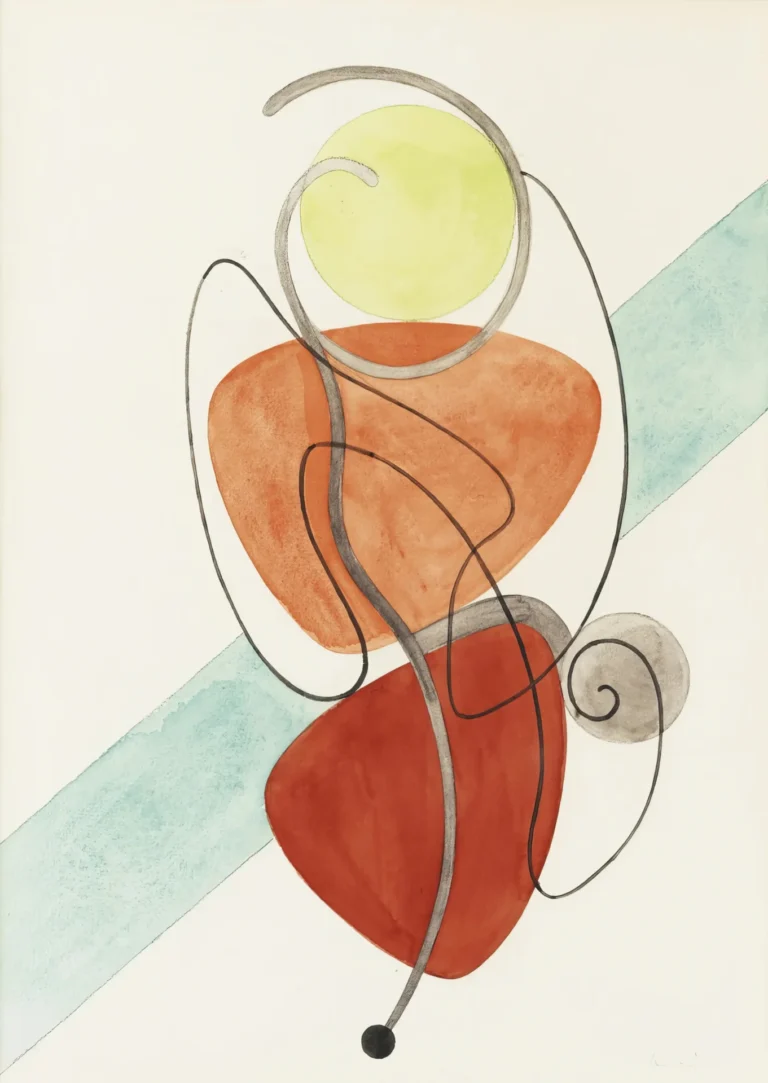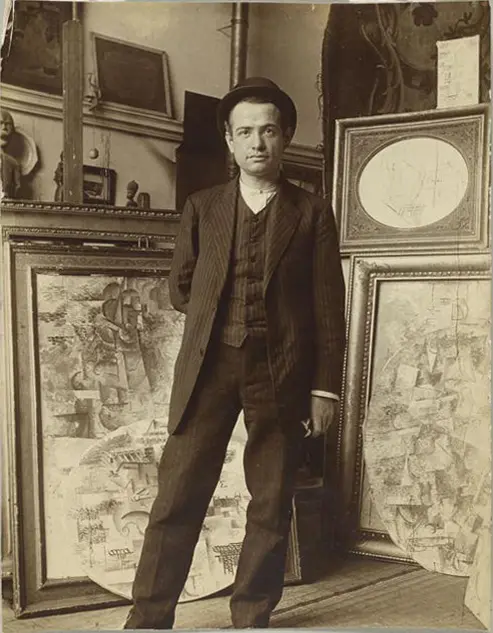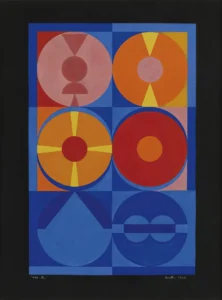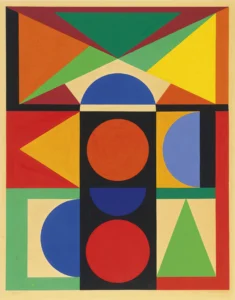Sans Titre
Auguste Herbin's Sans Titre series showcases the evolution of abstract art through a variety of mediums, including gouache, silkscreen, and watercolor. Each piece reflects Herbin's fascination with geometric shapes and color dynamics, pivotal elements in his artistic journey. Notable works from the 1930s and 1940s revealed an artist deeply engaged in the exploration of abstraction amidst the tumult of the times, leaving a lasting impact on contemporary art.
1930s - 1940s
About the Artwork
Auguste Herbin was a French artist at the forefront of abstract art, drawing inspiration from Cubism while pushing boundaries in his explorations of geometric forms and vibrant colors. The Sans Titre series, produced in various mediums such as gouache and silkscreen, marks significant moments in his career. The 1942 gouache exemplifies his mature style during a challenging era, while the early 1931 work provides a glimpse into his developing fascination with abstraction. The peculiar 1882 watercolor showcases the complexities of art attribution but highlights Herbin's enduring legacy as a visionary artist. These works not only represent artistic milestones but also reflect the cultural shifts of their respective periods.
Did You Know
Herbin played a crucial role in the development of modernist art movements in France. His geometric abstraction and innovative use of color influenced a generation of artists that followed, solidifying his status in the art historical context.
Herbin was associated with Cubism and exhibited with renowned artists like Pablo Picasso and Georges Braque. His work reflects the core principles of Cubism, focusing on the deconstruction of forms and the exploration of perspective.
Herbin’s versatility is evident through his use of various mediums, such as gouache, silkscreen, and pencil, showcasing his adaptability and exploration of visual expression. This ranges from intricate paper works to more industrial techniques found in mid-20th century art.








